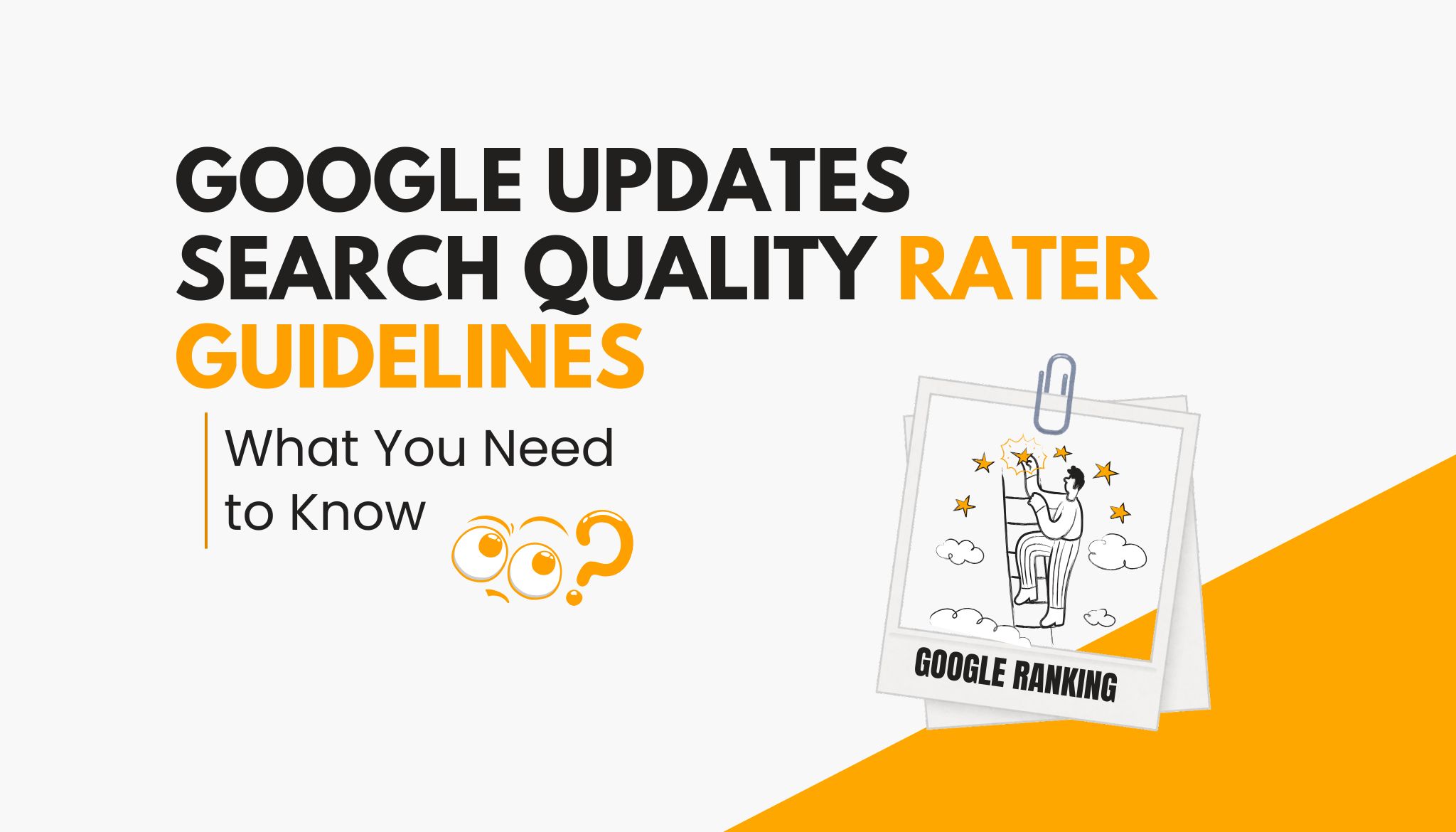Google Updates Search Quality Rater Guidelines: What You Need to Know
Since March, Google has released its first major update to the Search Quality Rater Guidelines, introducing significant changes that reflect its evolving standards for assessing content quality.
Human evaluators use these guidelines to review search results, offering insights into Google’s approach to identifying high-quality content. While they don’t directly impact rankings, they guide creators on what Google values most.
This update focuses on AI-generated content, emerging spam tactics, and technical requirements. Below are the key highlights.
Key Highlights From the January Update
1. Added Generative AI Definition
Section 2.1, “Important Definitions,” now formally addresses AI-generated content, guiding evaluators in assessing materials produced using machine learning.
Google defines generative AI as:
“Generative AI is a machine learning (ML) model that can take what it has learned from the examples it has been provided to create new content, such as text, images, music, and code.”
This addition emphasizes the need for AI-generated content to provide unique value to users.
Related: Content Decay is a Silent ROI Killer – Learn How and Fix It
2. Updates on Low-Quality Content
Sections 4.0 through 4.6 have been revised to address new spam and low-quality content forms. Three major issues are identified:
- Expired Domain Abuse: Purchasing expired domains to host content that provides little or no value to users.
- Site Reputation Abuse: Publishing third-party content on reputable websites to leverage their ranking signals.
- Scaled Content Abuse: Generating numerous low-value pages using automated tools, including generative AI, primarily for personal gain rather than user benefit.
Google explicitly cautions against generative AI to create scaled content lacking originality or usefulness.
3. Identifying AI-Generated Content
Section 4.7 offers examples of AI-generated content rated as low quality, such as text containing disclaimers like:
“As a language model, I don’t have real-time data, and my knowledge cutoff date is September 2021.”
Other signs include incomplete or generic content that fails to provide value to users.
Related: Strong SEO Content Strategy: Pillar Pages and Topic Clusters
4. New Technical Requirements
To ensure accurate evaluations, the guidelines now require raters to turn off ad blockers during their tasks:
“Some browsers such as Chrome automatically block some ads. As a rater, you are required to turn off any ad blocker capabilities of the browser you use to view webpages for rating tasks. Check your browser settings before rating tasks to ensure your ratings accurately reflect how people experience the page without ad-blocking settings and extensions.”
Key Takeaways for Content Creators and SEO Professionals
This update provides actionable insights for content strategies:
- AI Content Strategy: Generative AI tools can aid content creation, but the priority must be delivering unique, user-focused value. Avoid mass-producing low-quality, AI-generated pages.
- Focus on Quality: With expanded guidelines on spam and low-quality content, Google emphasizes rewarding high-value, original material.
- Technical Considerations: Ensure your website is optimized for user experience, including content visibility with and without ad blockers.
- Show Expertise: Content on YMYL (Your Money or Your Life) topics must demonstrate genuine expertise and authenticity.
Next Steps
To align your content with Google’s updated standards, follow these tips:
- Create original, valuable content tailored to user needs.
- Use AI tools carefully, ensuring they enhance rather than diminish content quality.
- Regularly check how your content appears to users, including those without ad blockers.
- Stay informed about updates to Google’s guidelines to keep your strategy effective and compliant.
Related: Can AI Content Rank on Google? Everything You Need to Know
By focusing on originality, quality, and user experience, content creators can meet Google’s expectations and improve their online presence.
Sarosh Khan has been a content writer and strategist at CyberX Studio since 2024. With a degree in Media and Communication Studies, she is passionate about creating informative and engaging content. She specializes in researching topics and crafting content strategies that boost engagement and support the studio’s marketing goals.





